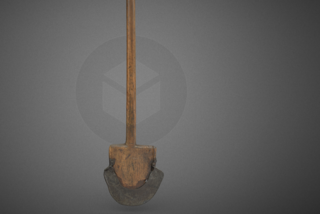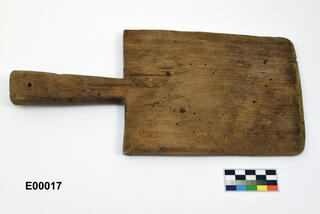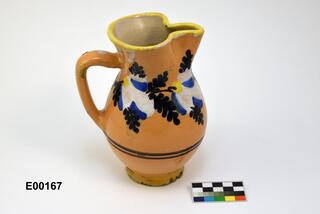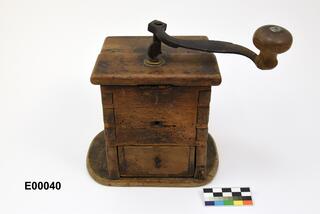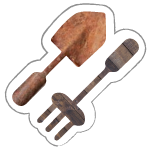
Agricultural tools
Traditional farmers used a variety of tools in their daily work. We will briefly introduce only a small part of them. As a rule, the peasants were able to make or at least repair these tools themselves. They engaged in these activities mainly in the winter, when they had no other work. The main material for their production was wood and much less often metal, which was relatively expensive for the farmers until the abolition of fored-labour in 1848 and therefore had to be handled very economically. From this time, the saying that a horseshoe brings good luck has been preserved to this day. Which, in the original sense, meant that the one who managed to find a horseshoe in a field or on the road saved considerable money from a blacksmith who could make a new one from this horseshoe or use the material from it, for example, for forging a spike to a wooden spade.
Do you manage to recognize how to use agricultural tools? Try here: https://www.fantomexpozic.cz/en/pairs-exhibition-historical-agricultural-machines
Wooden spade with a chained tip
One of the agricultural tools, which hardly changed from the time the Celts inhabited Moravia until the time of the Industrial Revolution, is an all-wood spade made of hard, usually ash or beech wood, which farmers had enough of, unlike the much more expensive iron. For this reason only the most stressed part of the spade is in metal. Thanks to this spade, farmers were able to turn the land where, for some reason, they could not use the plows. Working with a spade was physically very strenuous and time consuming. Even a very skilled farmer was unable to dig more than 200 m2 in one working day, which probably had an impact on the development and dominant use of plowing technology in soil cultivation.
Flails
The grain was released from the sheaves by trashing, and for this use of flails was used. A long handle is made out of soft wood (spruce, fir, hazel or birch) and from hard wood (beech, hornbeam or ash) a short whip was made. These two are usually connected together by leather straps, less often metal fittings are also used here. During the threshing itself, tied sheaves were first knocked on the threshing floor (usually a paved clay floor area in the barn), which turned after the first knock and knocked again. Then the sheaves were untied and the grain was spread across the threshing floor so that the ears pointed in the middle, and threshing continued. After the threshing, the rye straw in particular was in an ideal condition for the production of thatched roofs.
Součástí zemědělské výroby bylo i zpracování zemědělských produktů. Nejčastěji pěstovaná potravina, obilí, se původně zpracovávala na ručních mlýncích. Ty byly ovšem později nahrazena mlýny, které byly buď poháněny větrem, nebo , jak můžeme vidět na tomto obrázku, vodou.
The part of agriculture has always been the processing of agricultural products. The most often grown product, cereal, originally had been processed with the aid of manual grinders. They were later replaced by huge mills which were propelled by wind or water.
A detailf of a mill from Bohuňov, drawn by Josef Pelíšek, 1932.
A wooden spade with metalwork
White-glazed jug with a narrow neck. On its front side, there is a depiction of agricultural tools which is surrounded by brown, blue, green, and yellow plants. On the top, we can find writing “MARCIN HUCEK”. The year 1820 was placed into the picture. The bottom part of the jug was repaired with iron. The diameter of the bottom is 12.2 cm, the biggest diameter of the jug is 20 cm, the diameter of its neck is 3.8. The jug is 27.8 cm high.
A white-glazed jug. “PETRO ONDRUSS” is written in its top part and under it, there is a depiction of agricultural tools which is held by two two-tailed lions. In the backside of the jug, we can find the year 1821, brown and blue plant motives. The diameter of its bottom is 11 cm the biggest diameter of the jug is 18.6 cm and the diameter of its neck is 3 cm. The jug is 22.5 cm high. its handle was destroyed a long time ago as well as its neck.
Archiv MRB.
https://docplayer.cz/18328124-Encyklopedie-stroju-a-naradi-zemedelstvi…
VÁLKA, Miroslav. Lidová kultura a nářečí na Boskovicku. první. Boskovice: Muzeum Boskovicka, 2009. 408 s. Vlastivěda Boskovicka, svazek 2. ISBN 978-80-904089-1-3.
Měchurová Zdeňka: Jak se pracovalo na poli. In: Archaeologia historica. 2008, roč. 33, č. [1], s. 129-144

